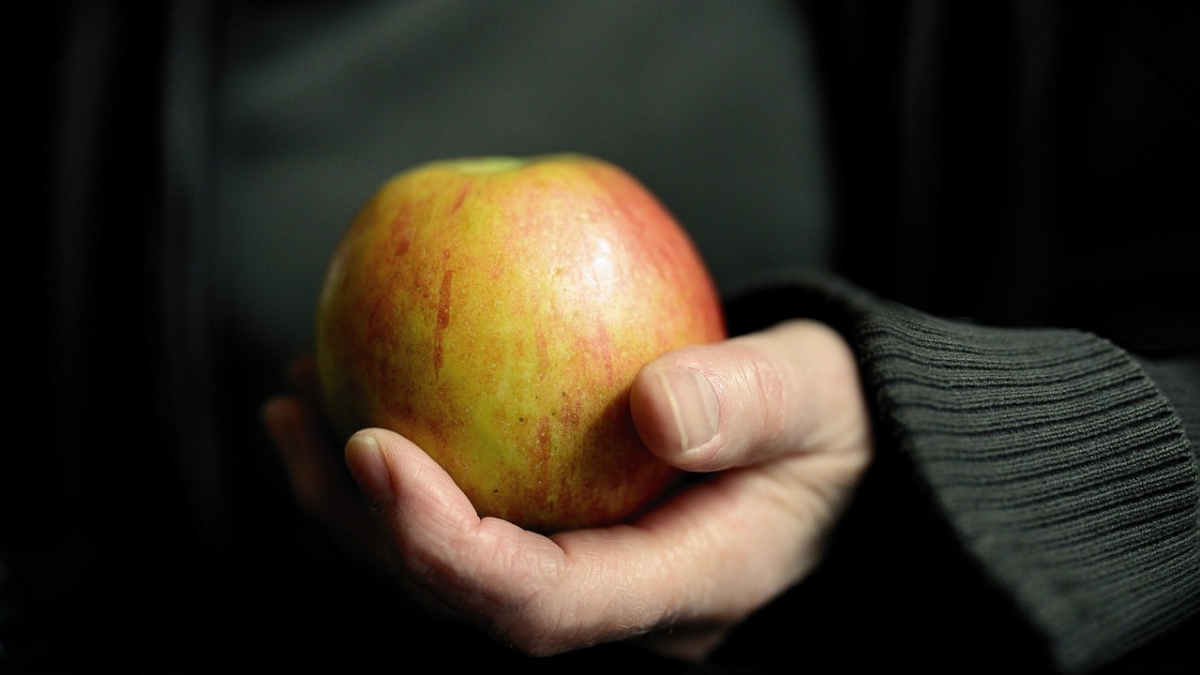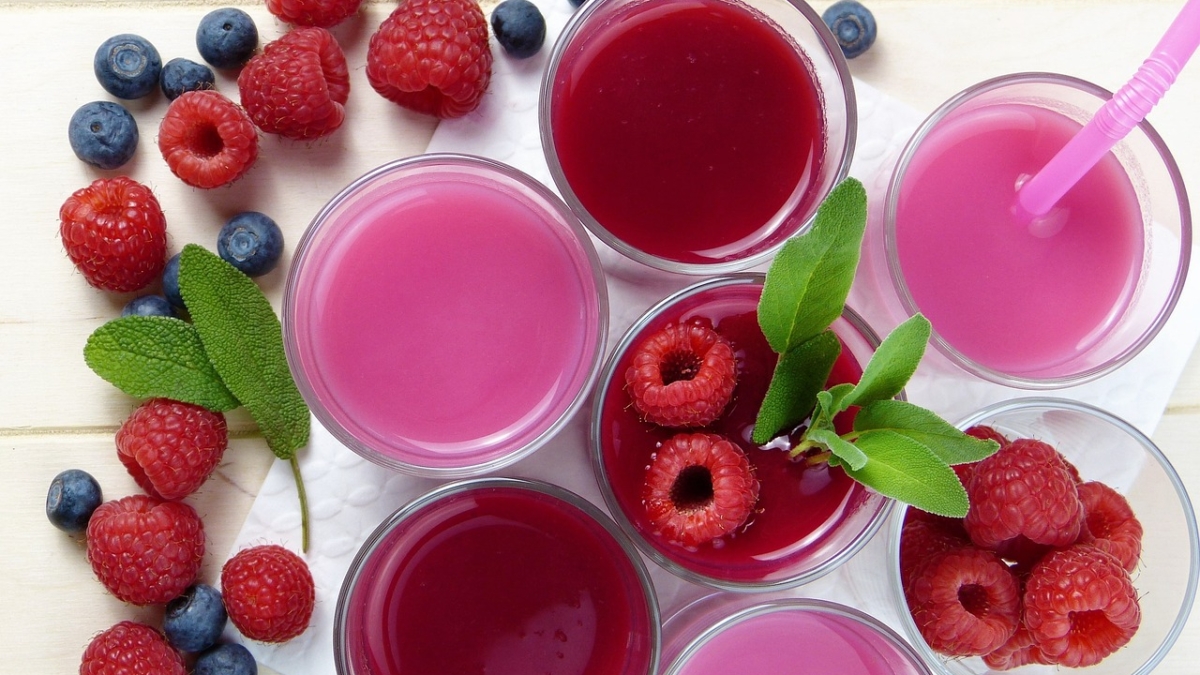Dancers, much like athletes, place enormous demands on their bodies. The beautiful routines they craft involve immense discipline, both on and off the stage. With the increasing popularity of intermittent fasting (IF), many dancers are left wondering if this dietary approach can be incorporated into their regimented lifestyles. Here, we’ll delve into how intermittent fasting can benefit dancers and the best ways to integrate it without compromising performance.
1. What is Intermittent Fasting?
Intermittent fasting involves cycling between periods of eating and fasting. Unlike traditional diets that focus on what to eat, IF emphasizes when to eat. The most common methods include:
- 16/8 Method: Fast for 16 hours and eat during an 8-hour window.
- 5:2 Diet: Eat normally for 5 days of the week and consume only 500-600 calories on the other 2 days.
- Eat-Stop-Eat: 24-hour fasting once or twice a week.
2. How Can Intermittent Fasting Benefit Dancers?
a. Enhanced Mental Clarity: Some people experience increased focus and clarity during fasting periods, which can be advantageous for memorizing routines and staying attuned during performances.
b. Improved Energy Metabolism: Over time, IF can help the body become more efficient at using stored fat as energy, potentially providing sustained energy for extended dance sessions.
c. Weight Management: For dancers who are looking to maintain or reduce their weight, IF can be an effective tool when combined with a healthy diet and regular exercise.
d. Cellular Repair: Fasting triggers a process called autophagy, where cells remove damaged components. This could aid in quicker muscle recovery.
3. Can Dancers Do Intermittent Fasting?
Yes, but with caveats. Dancers have specific nutritional needs to maintain their energy, strength, and endurance. The key lies in finding a balance.
- Listen to Your Body: If you find your energy waning, or if you’re struggling more than usual during rehearsals, it might be time to reassess your fasting window or the type of IF you’re practicing.
- Hydration is Paramount: Whether in a fasting window or not, ensure you stay hydrated. Dancing is strenuous, and adequate water intake is crucial.
4. What Type of Intermittent Fasting Should Dancers Consider?
- The 12/12 Method: To begin with, dancers might consider a gentler fasting method, such as fasting for 12 hours and eating during the other 12. This gives a balanced window for nourishment and recovery.
- Modified 16/8: If a dancer wants to try the 16/8 method, they could consider having their eating window around their training or performance schedules.
- Flexible 5:2: Instead of two full low-calorie days, dancers can opt for slightly higher caloric intake on fasting days to meet their energy demands.
Conclusion
Dancing and intermittent fasting can harmoniously coexist, but it requires understanding, adaptation, and attentive listening to one’s body. For dancers contemplating this journey, consulting with nutritionists and dance health professionals is a must. When done correctly, the dance of intermittent fasting can be as graceful and balanced as any ballet or contemporary routine.





